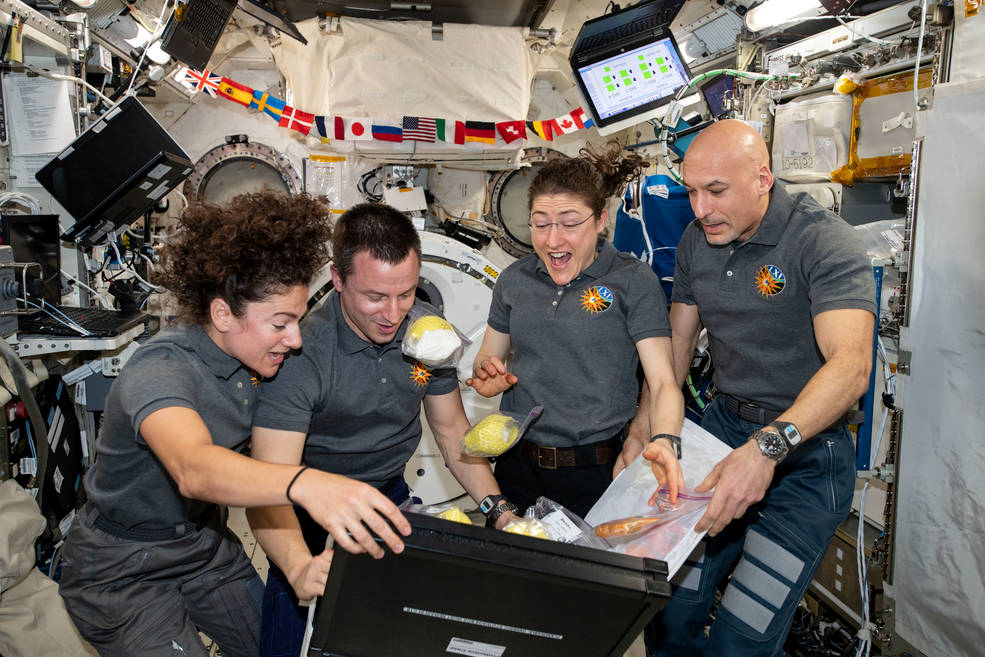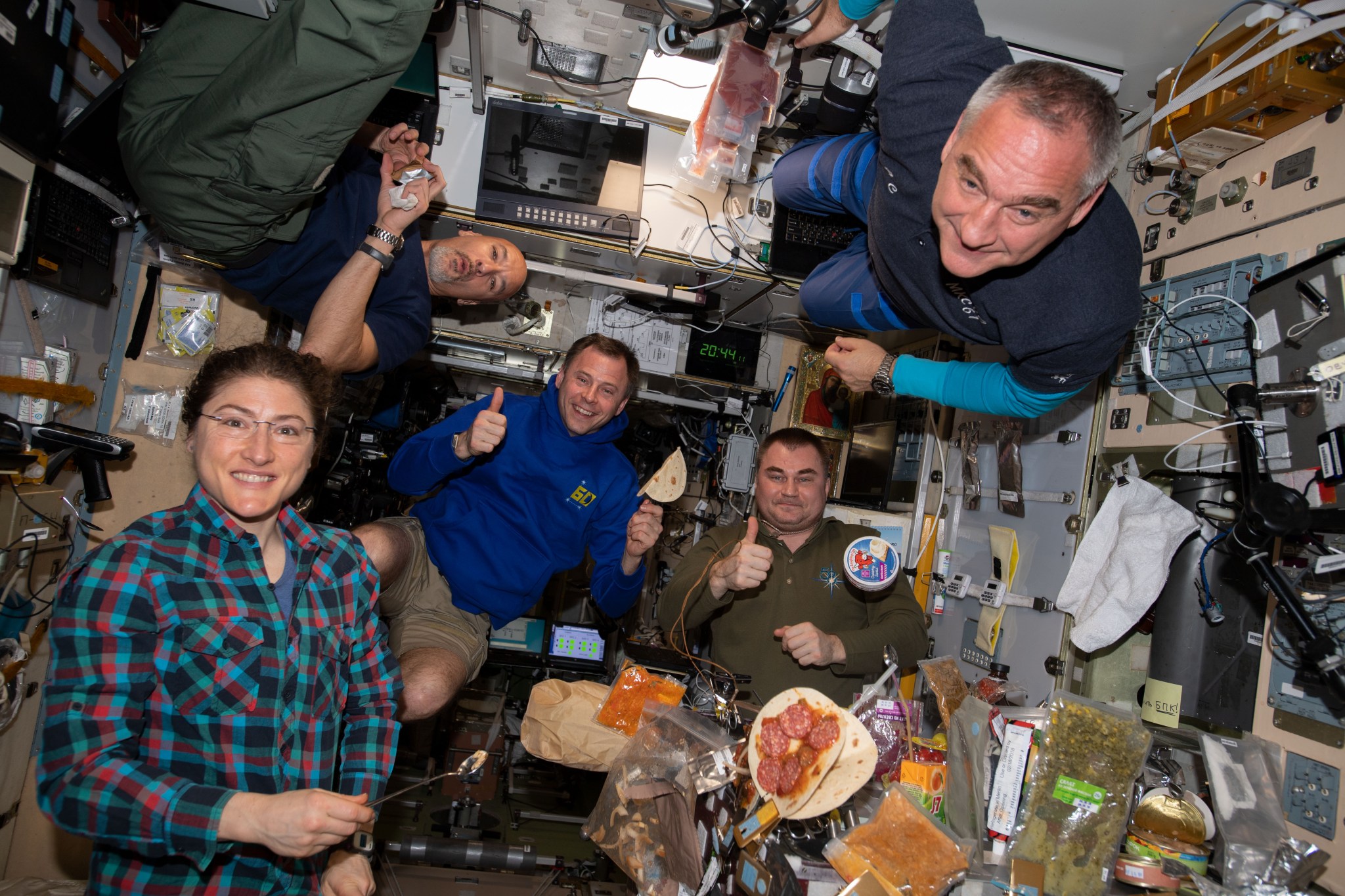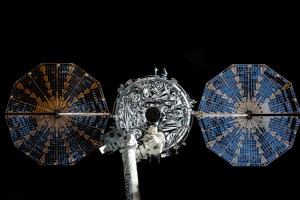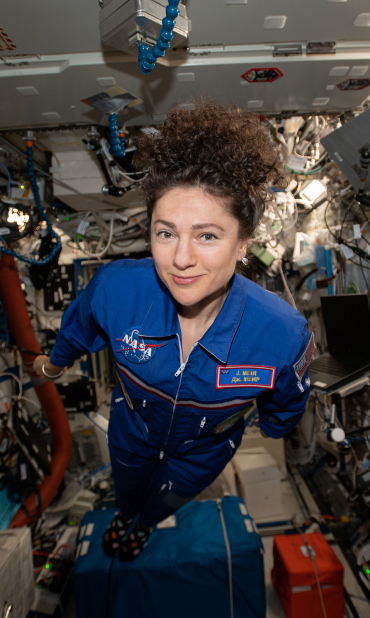Designing a space food system that provides astronauts with ample sustenance on long and distant missions is crucial to humans venturing farther into space. In a paper in The Journal of Nutrition, NASA food scientists and nutritional biochemists outlined the key requirements and challenges of creating a food system that can support human exploration missions anywhere between low-Earth orbit and the Red Planet.
NASA food scientists have improved the quality of space food over the decades. Today, cargo ships transport a variety of appetizing dishes to resupply the International Space Station, unlike the early days of the human space program when space food took the form of cubes and semi-liquids stuffed inside tubes. Even with these advancements, however, the challenges and requirements of designing the food system for Mars are different than those of the space station.
“If we’re going to start exploring and start becoming more Earth-independent, we need to start understanding how we produce the foods and not just take foods with us,” said Grace Douglas, lead scientist for NASA’s Advanced Food Technology at Johnson Space Center, in an episode of Houston We Have a Podcast.
The Nutrition paper, authored by NASA scientists Douglas, Sara Zwart, and Scott Smith, highlights the general criteria for a potential Mars or other space exploration mission food system, including:
- Safety: The space station’s food system is tested and processed on Earth to ensure the food is safe for astronauts to eat. Food grown aboard the spacecraft and in microgravity could interact with microbes that float and mix with the spacecraft’s atmosphere until removed by air and water filters. Thus, resources will be required for cleaning and testing to reduce the risk of crews succumbing to foodborne illnesses.
- Stability: Crews will not have the luxury of phoning home to resupply food on a multi-year, round-trip mission to Mars, meaning the food that the crew members bring with them or grow must last for years. Consequently, the nutrition and quality of the Mars food system must be stable for the length of the mission.
- Palatability: Equally important is ensuring the food on a Mars mission is enjoyable to consume. Otherwise, astronauts may not consume enough food to support their health and well-being.
- Nutrition: The Mars food system must provide food that is as nutritious as it is delicious. To function, the human body requires a handful of essential nutrients that must be absorbed from food. Failing to fulfill any one of these nutritional requirements can result in a deficiency that leads to a variety of health problems.
- Resource minimization: Resources such as water, power, and volume are limited in a spacecraft. The Mars food system needs to provide safe, nutritious, palatable food while keeping resource consumption and waste production to a minimum. “You can have a food system that provides everything you need, but if it doesn’t fit within the resources, you cannot take it with you,” Douglas said.
- Variety: The Mars food system must provide a variety of food so that astronauts don’t grow tired of consuming the same thing. “Menu fatigue” can dampen crew morale and cause astronauts to eat less, which can lead to health issues.
- Reliability: “One of the big concerns with growing food is that if it doesn’t grow and you were depending on it, now you have insufficient food, which can be a very, very big concern when you’re going on these missions,” Douglas said. As a result, an exploration mission food system has to be dependable.
- Usability: The Mars food system must allow crews to prepare meals with ease, providing them the time to focus on mission-critical tasks. “Prepackaged foods are a great candidate because they are easy to prepare, easy to consume. They already have a safe and long history in spaceflight, but there are some challenges with them—that nutrition and quality degrade over time,” Douglas said. “So, on longer missions, it would be nice to get a fresh component.”
- Space-ready appliances: Astronauts aboard the space station prepare meals with heat or by adding water. The Mars food system will require new food preparation equipment that satisfies safety and spaceflight requirements.
Developing a food system for future human missions to the Moon, Mars, and beyond presents a unique set of challenges. To help, NASA’s Deep Space Food Challenge seeks ideas for novel food production technologies that require minimal resources and produce minimal waste. These technologies must also provide safe, nutritious, and tasty food for long-duration human exploration missions.
By specifying the food system requirements and challenges for human expeditions to the Red Planet or other destinations, NASA will be better positioned to overcome these hurdles and ensure the health and performance of astronauts during interplanetary travel.
____
NASA’s Human Research Program, or HRP, pursues the best methods and technologies to support safe, productive human space travel. Through science conducted in laboratories, ground-based analogs, and the International Space Station, HRP scrutinizes how spaceflight affects human bodies and behaviors. Such research drives HRP’s quest to innovate ways that keep astronauts healthy and mission-ready as space travel expands to the Moon, Mars, and beyond.

































